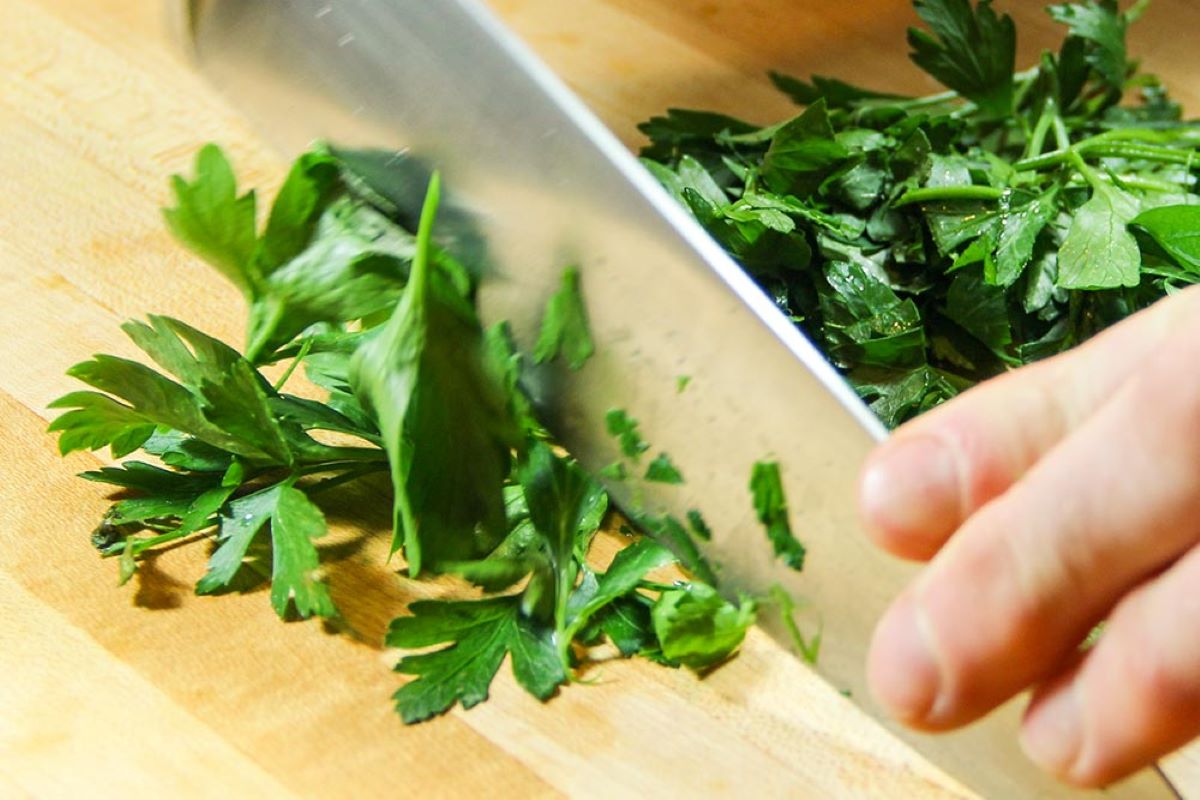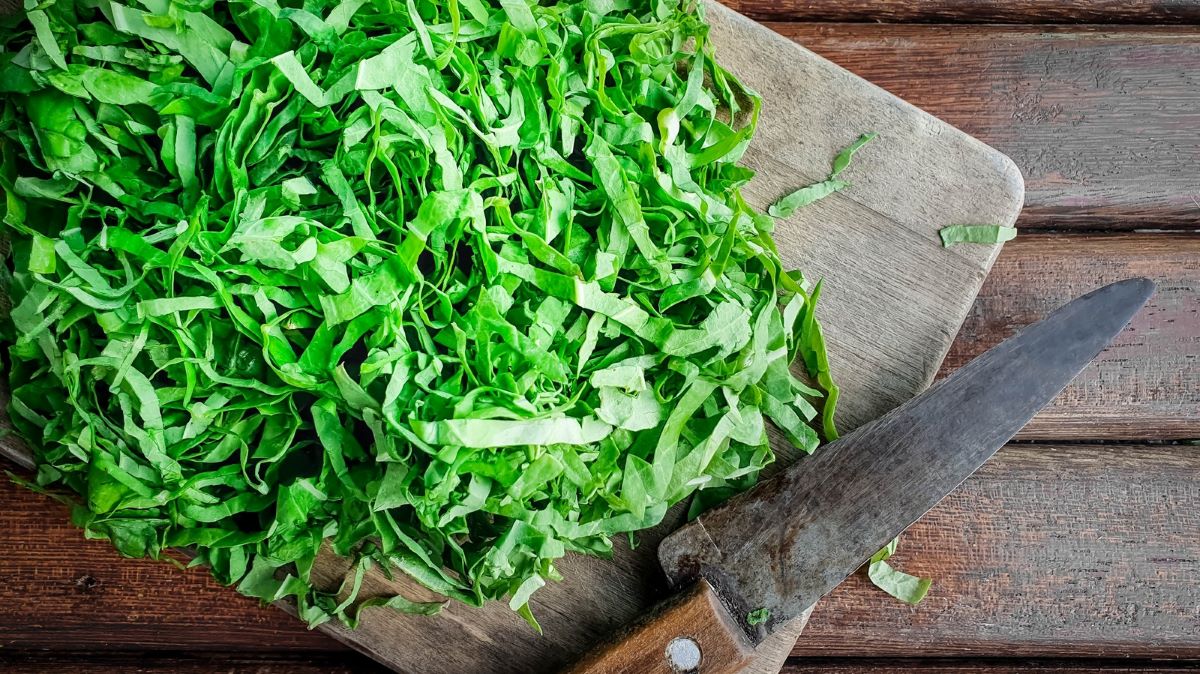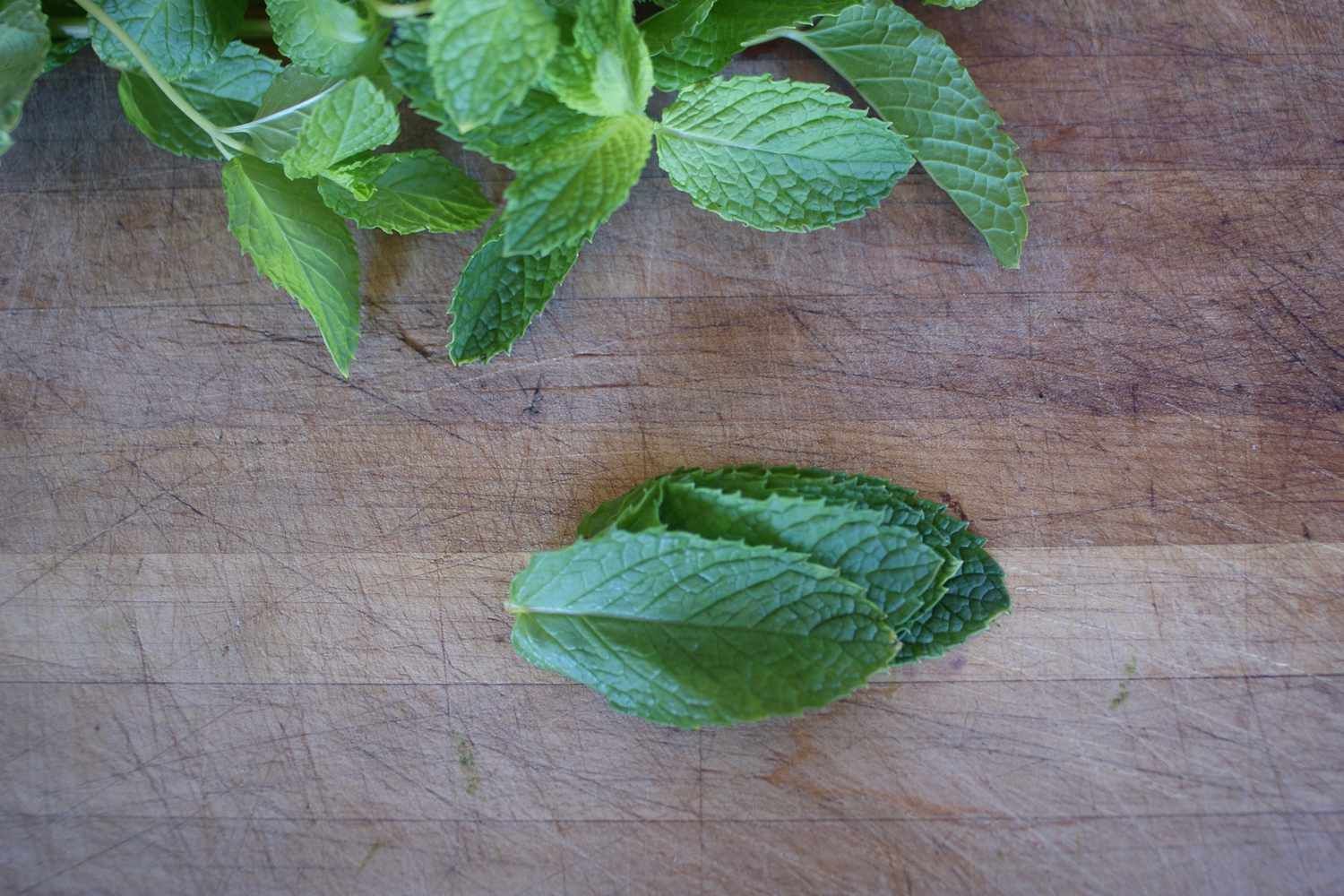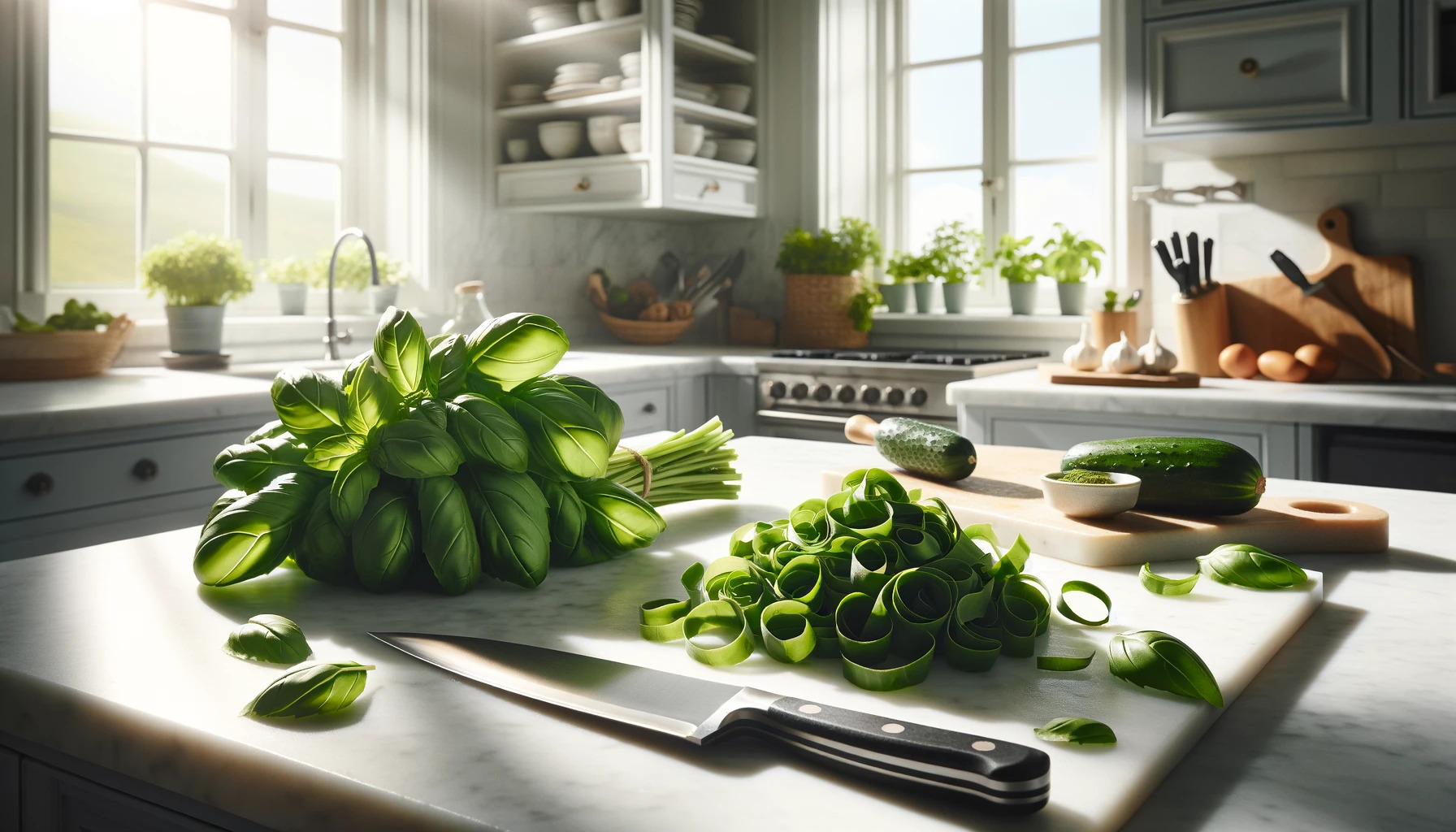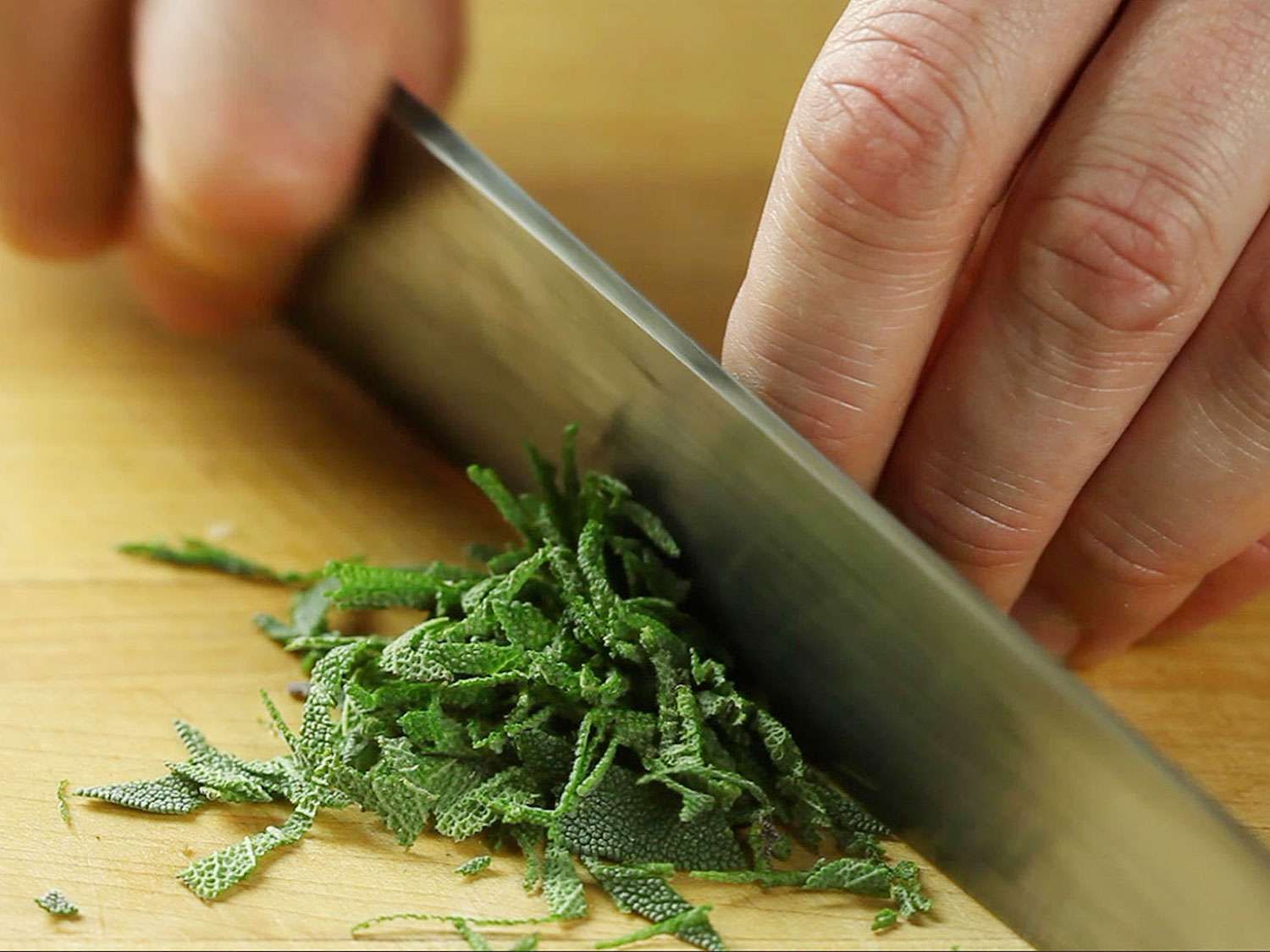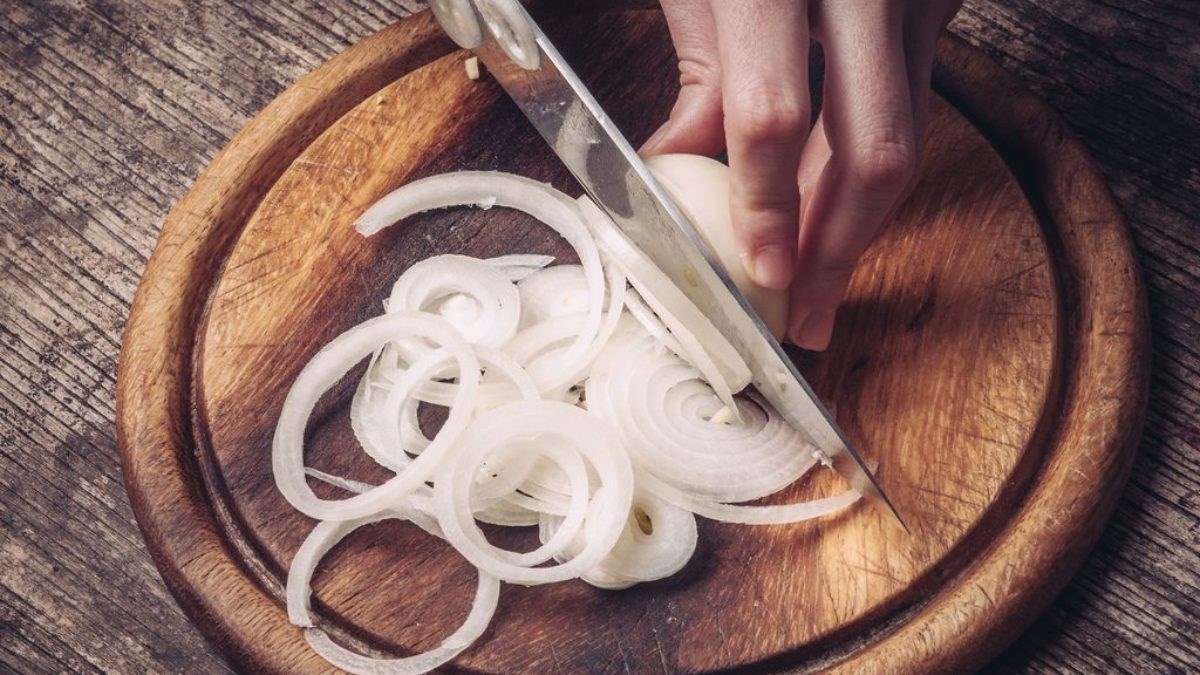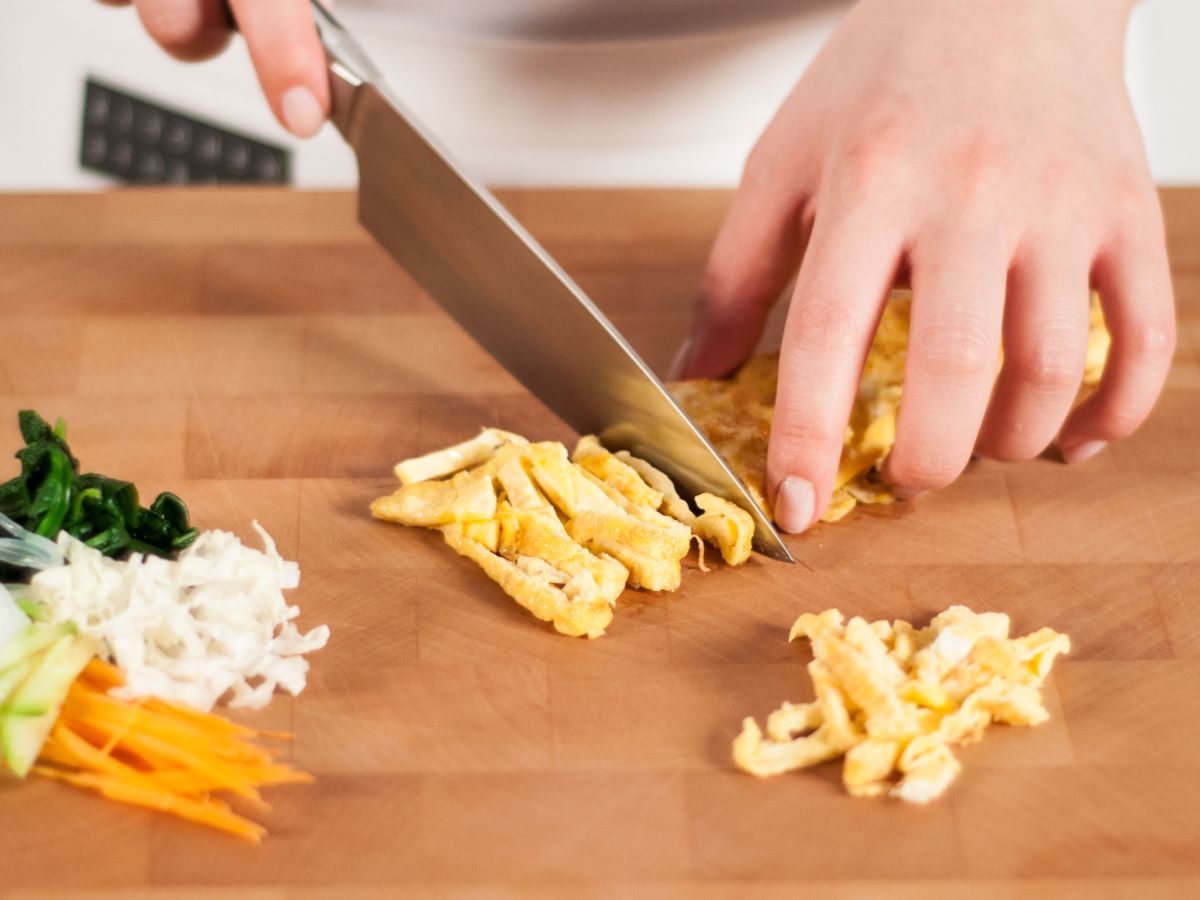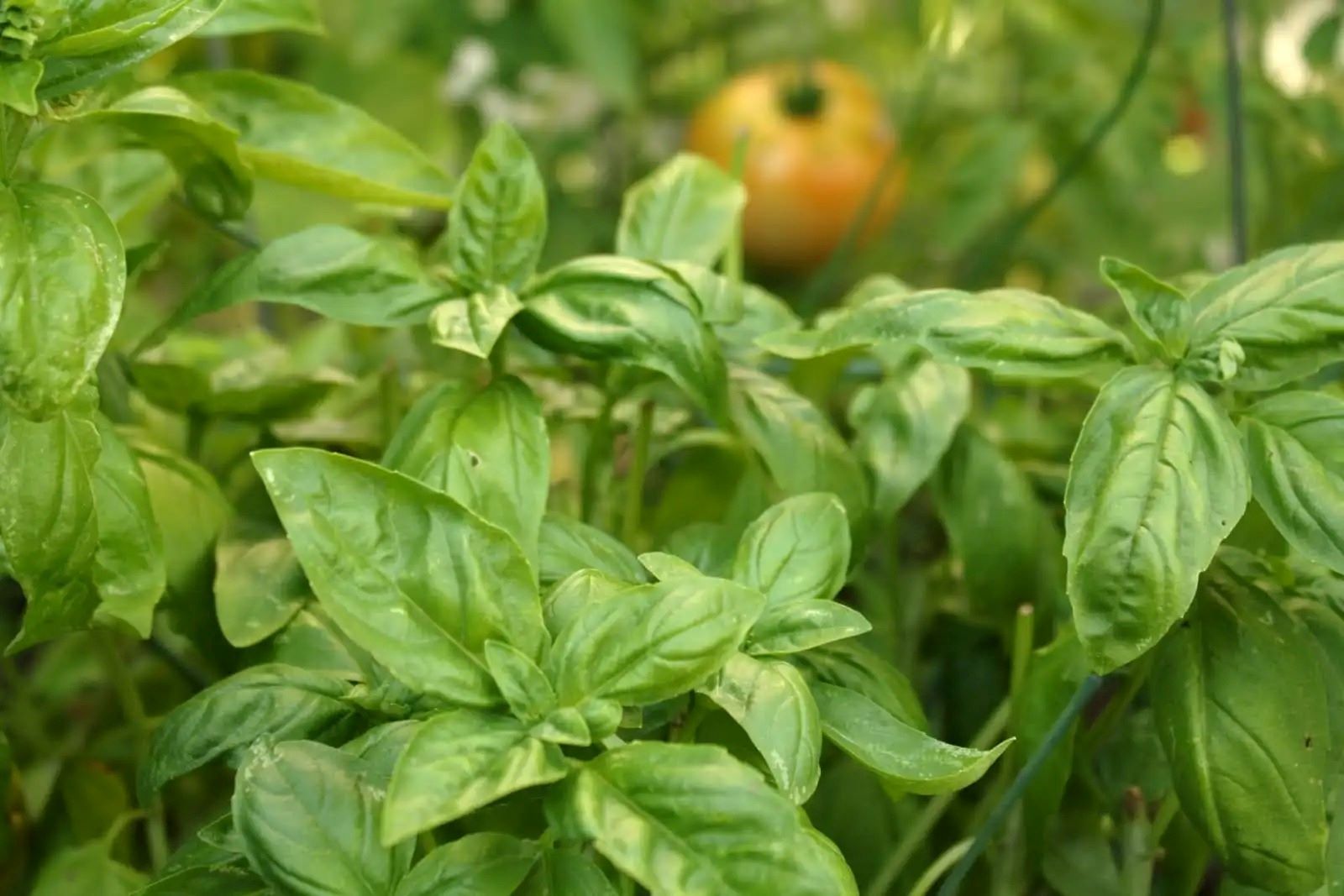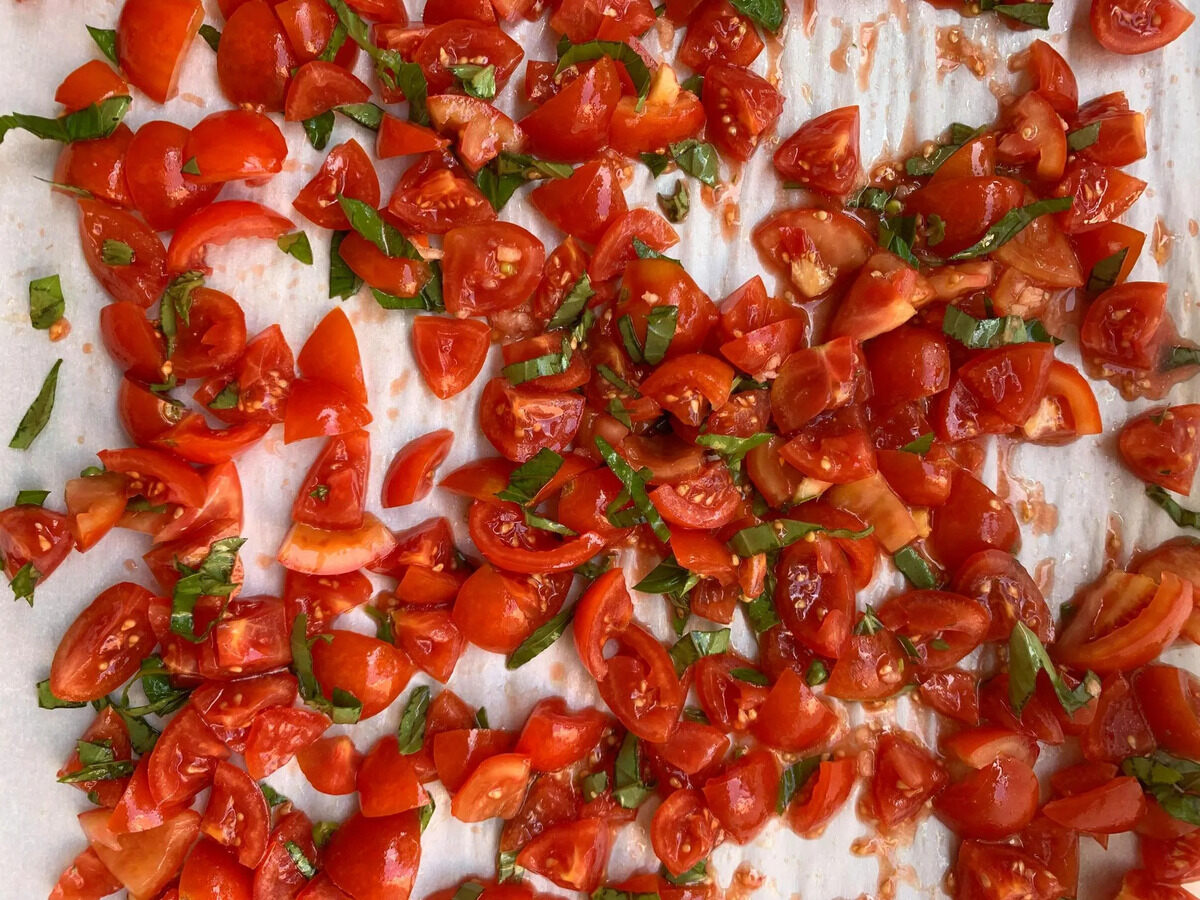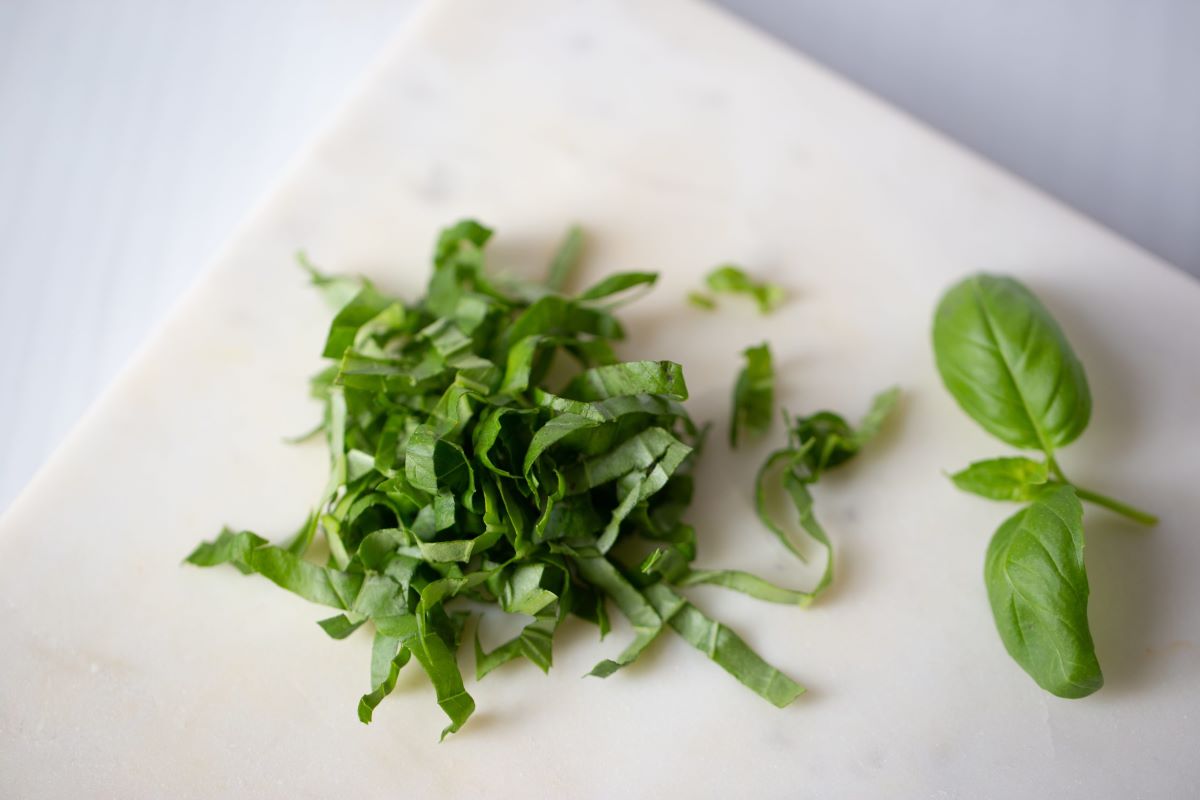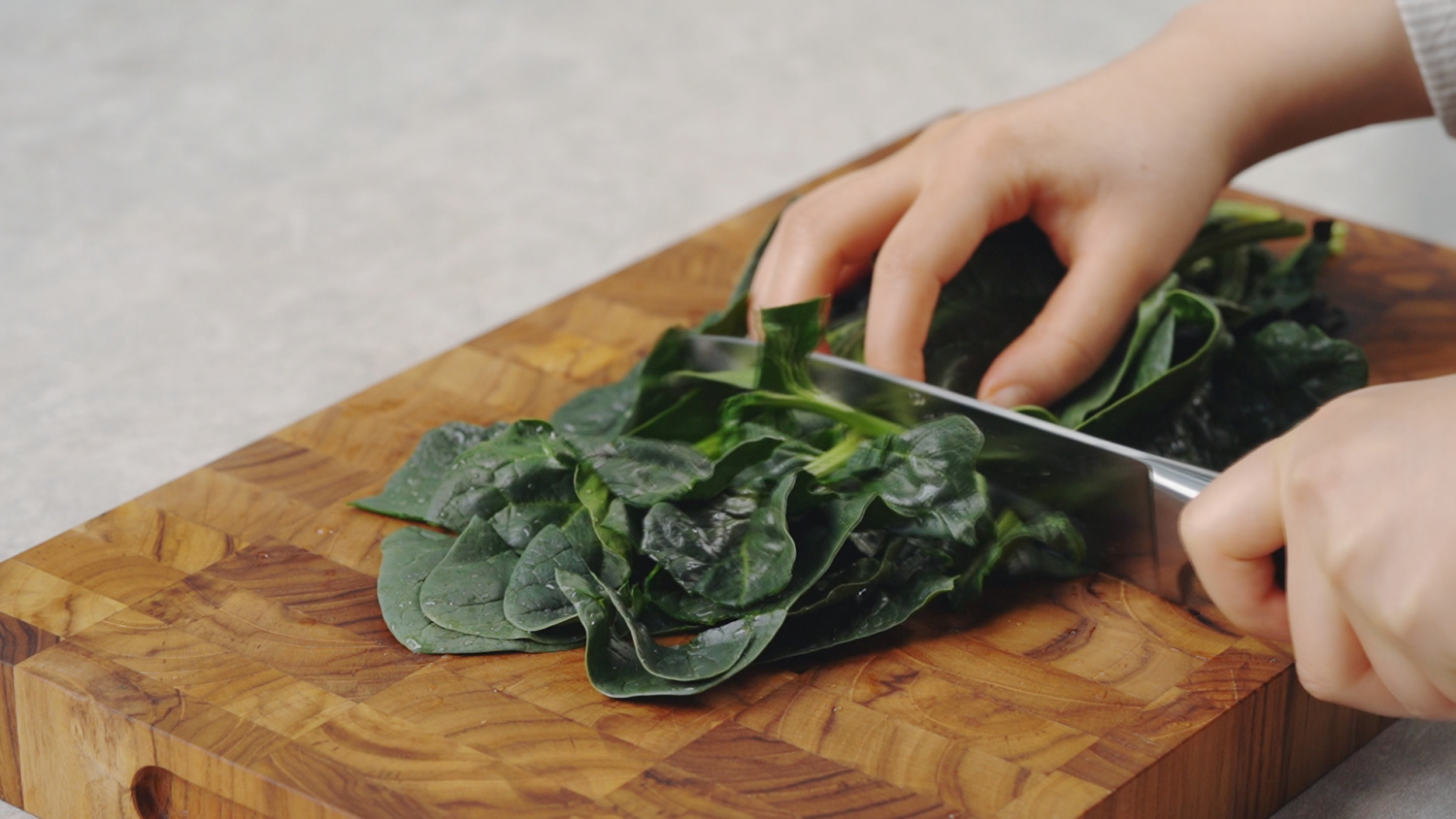Mastering the Art of Chiffonade: A Guide to Perfectly Sliced Lettuce
Chiffonade is a culinary technique that involves slicing leafy greens or herbs into thin, ribbon-like strips. It’s a simple yet elegant way to prepare lettuce, and it can add a beautiful touch to salads, sandwiches, and other dishes. If you’ve ever wondered how to chiffonade lettuce like a pro, you’ve come to the right place. In this guide, we’ll walk you through the steps to achieve perfectly sliced lettuce for your next culinary creation.
Choosing the Right Lettuce
Before you begin the chiffonade process, it’s important to select the right type of lettuce. While you can chiffonade various types of lettuce, such as romaine or green leaf, crisp, fresh lettuce works best for this technique. Look for lettuce leaves that are vibrant in color and free from wilting or browning.
Preparation
Once you have your lettuce ready, it’s time to prepare it for chiffonade. Follow these simple steps:
- Wash the lettuce leaves thoroughly under cold running water to remove any dirt or debris.
- Gently pat the leaves dry with a clean kitchen towel or paper towels.
- Remove the tough ribs or stems from the leaves, if necessary.
Chiffonade Technique
Now that your lettuce is prepped and ready, it’s time to master the chiffonade technique. Follow these steps to achieve perfectly sliced lettuce:
- Stack several leaves of lettuce on top of each other, ensuring that they are aligned evenly.
- Roll the stacked leaves into a tight cylinder, similar to rolling a cigar.
- Using a sharp knife, carefully slice the rolled leaves crosswise into thin strips.
And there you have it – perfectly chiffonaded lettuce ready to elevate your culinary creations!
Uses for Chiffonade Lettuce
Chiffonade lettuce can be used in a variety of dishes to add a pop of color and texture. Consider incorporating chiffonaded lettuce into the following:
- Fresh salads
- Sandwiches and wraps
- Tacos and burritos
- Garnishes for soups and stews
Final Thoughts
Mastering the art of chiffonade can take your culinary skills to the next level, and learning how to chiffonade lettuce is a great place to start. With the right technique and a bit of practice, you’ll be able to effortlessly create beautifully sliced lettuce for all your favorite dishes. So, the next time you’re preparing a meal that calls for lettuce, consider using the chiffonade technique to add a touch of elegance and visual appeal.
Now that you have the knowledge and technique, it’s time to put it into practice. Enjoy your freshly chiffonaded lettuce and the culinary creations it enhances!
Was this page helpful?
Read Next: How To Chiffonade Eggs
